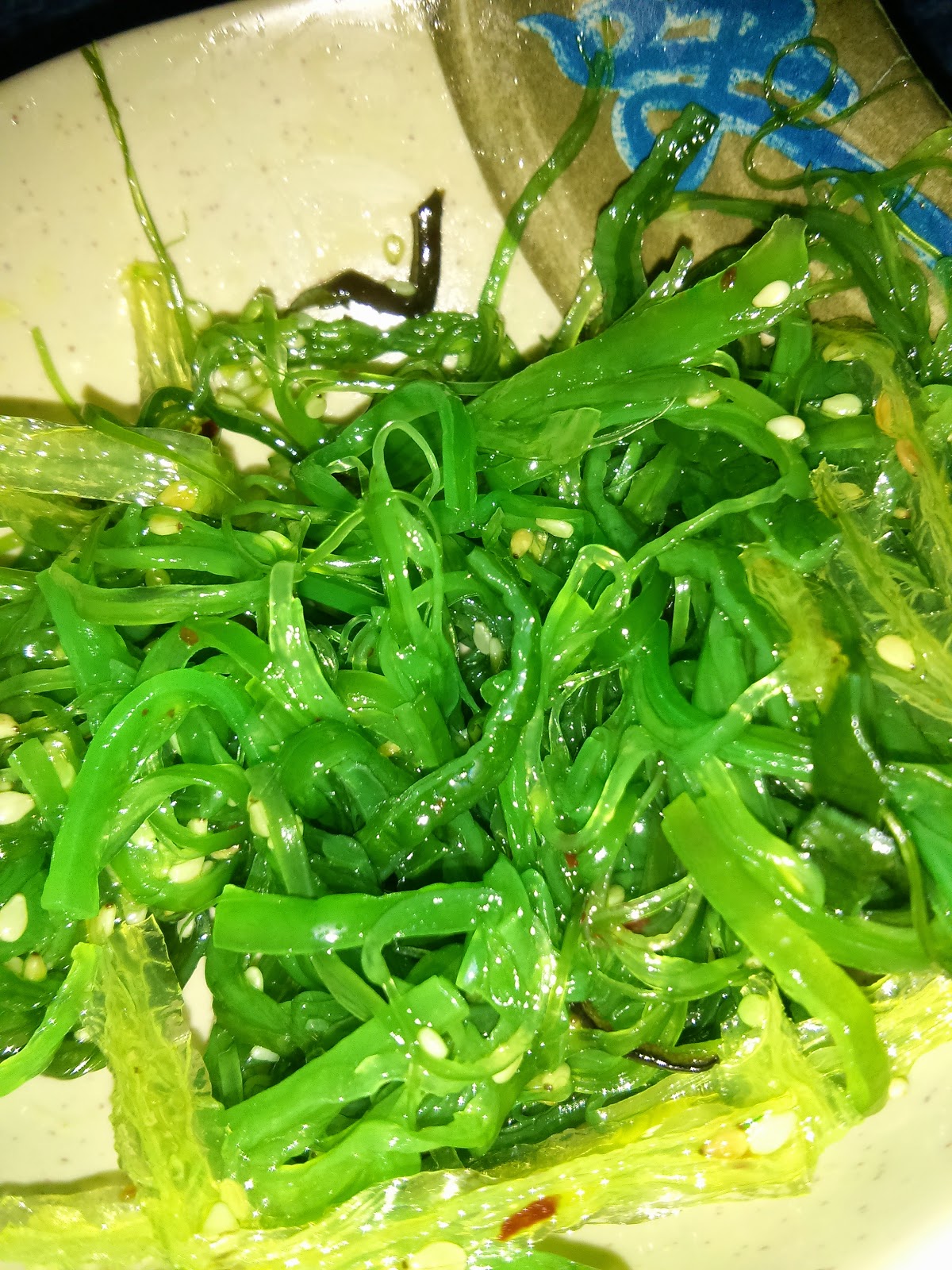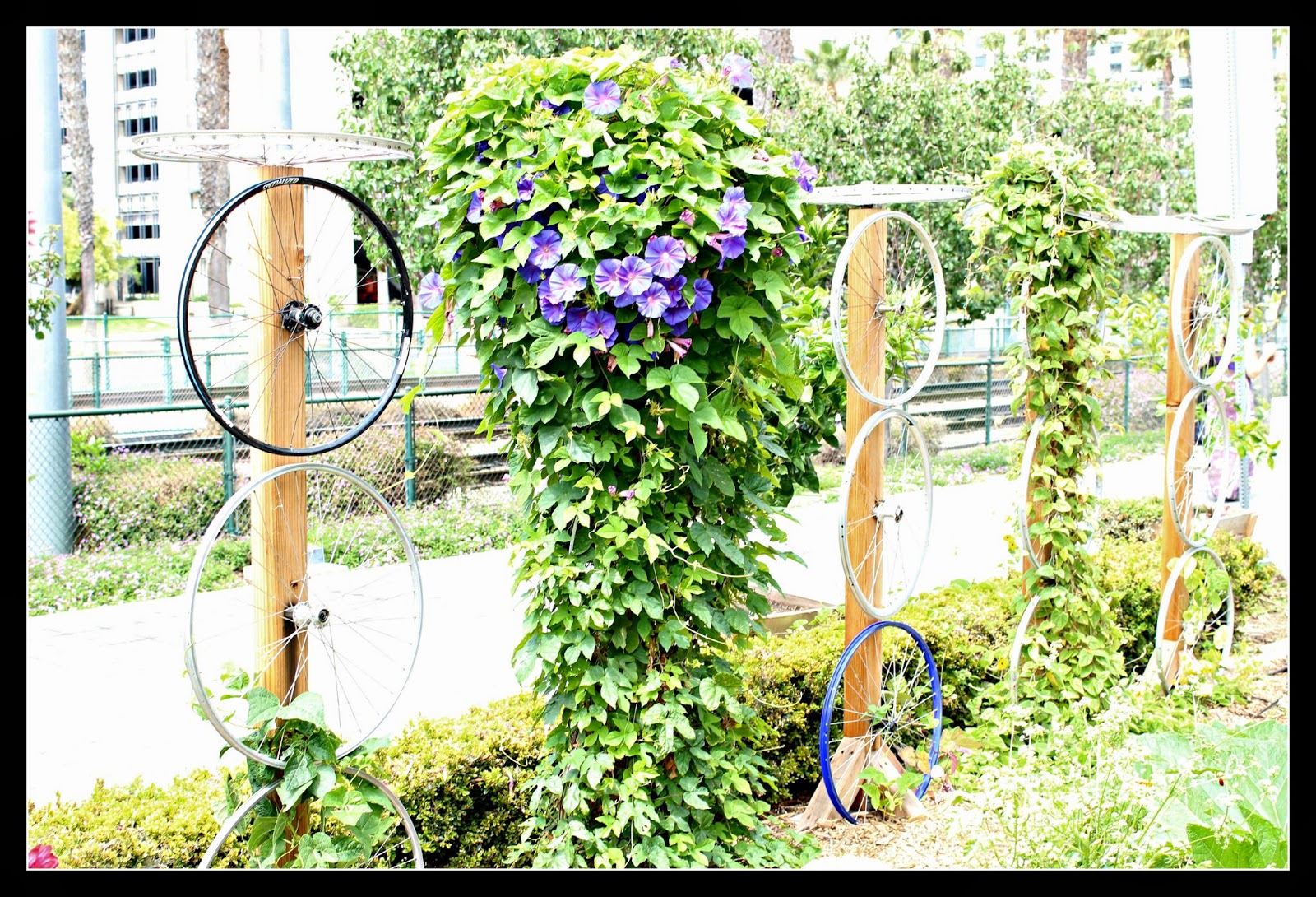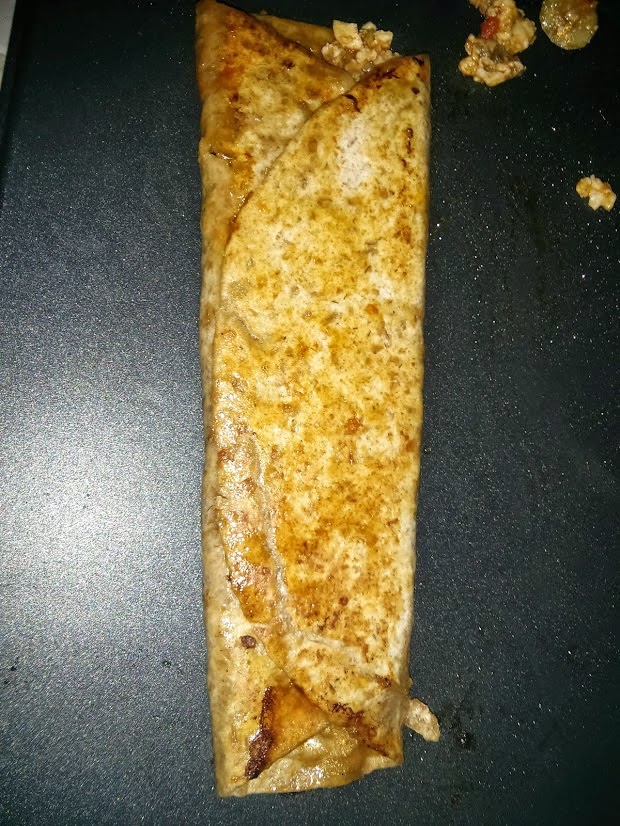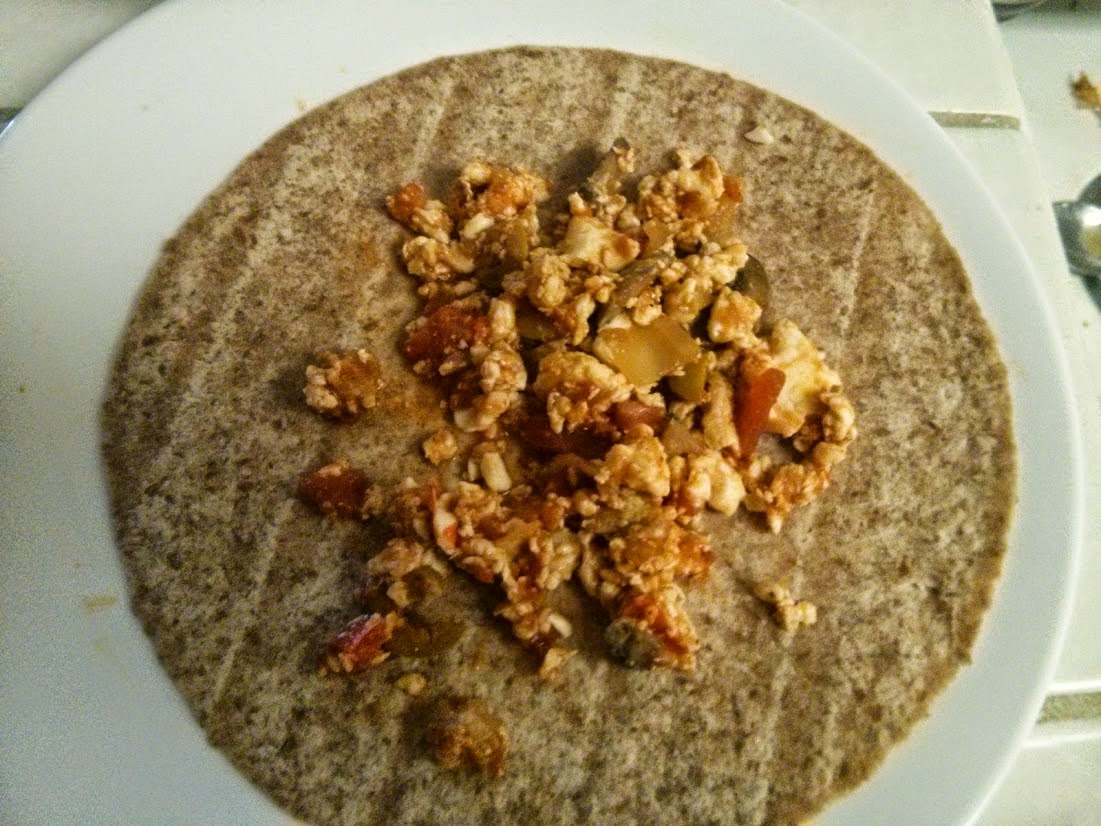Seaweed the super food from Asia may just help protect
against a number of serious illnesses while encouraging weight loss. Seaweed has
health properties that are full of antioxidants, calcium, vitamin A, and
vitamin C that protect against heart disease while encouraging a healthy
thyroid. It also provides weight loss
properties that add to its appeal among fitness enthusiasts.
Commonly served as a side salad at your favorite local sushi
restaurants it is well worth the few extra dollars on your bill. It is
typically served in its green form and is mixed with ginger to create an
appealing taste. Harvested in Asia and the U.S. you can feel good about
protecting the environment as it has been known to improve coral reef health
thereby promoting farming and sustainable agriculture.
Seaweed provides a strong source of iodine that regulates
the thyroid (1). The
thyroid is responsible for a host of things that include hormones, fat storage,
energy levels, heart rate, and skin dryness (2).
Ensuring that your thyroid is receiving the right nutrients and is managing
your metabolic condition correctly helps fight the damaging secondary effects.
If you are hoping to lower your cholesterol levels you might
want to check on the benefits of the Omega-3 fatty acids inherent in
seaweed. These acids improve upon good
fats and reduce triglycerides in the blood (3).
Eating the right kinds of fats I your diet help to improve upon your heart
health and protect your arteries.
Like any other food, seaweed is not a savior for health and
nutrition, but does provide some unique benefits when eat in moderation. During
the occasional time you may go out to eat and order sushi , make sure you also
order a side dish of seaweed. Eaten in moderation seaweed has benefits that far
surpass many other types of food and offers a nice alternative to your
traditional salad.







